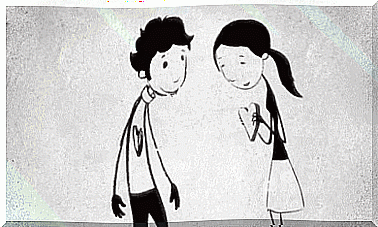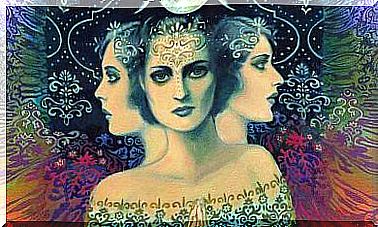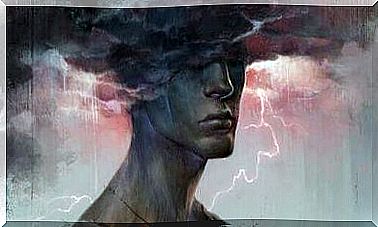Erving Goffman And The Theory Of Social Action
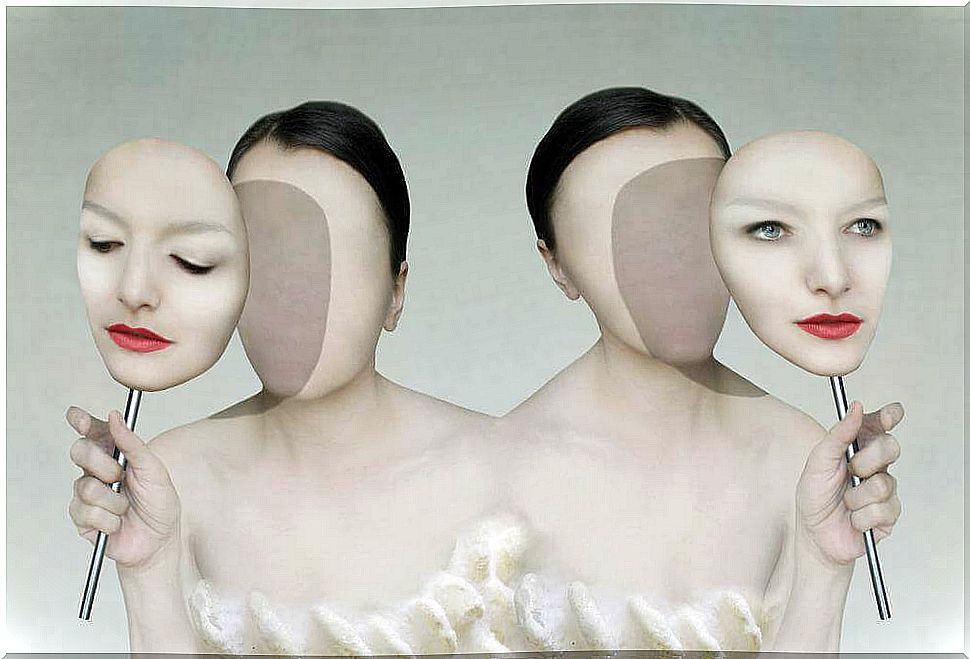
It probably happens to you too: every time you meet up with a friend or acquaintance, you tell yourself that their life is phenomenal. If you think about it, every time you go to social networks, you find endless profiles that exude happiness. To distance yourself from this partial and biased showcase, it can be interesting to see the world from the point of view of Erving Goffman and his theory of social action.
Goffman is the author of a work in which he tackles a very complex theme: the creation of the human personality through his interaction with those around him. For this sociologist, a large part of each person’s behavior depends on their relationships with others.
Who is Erving Goffman?
Before we continue, it’s worth explaining who Erving Goffman is. This man was a renowned psychologist and sociologist who died in 1982. He left a great legacy which we will speak about today.
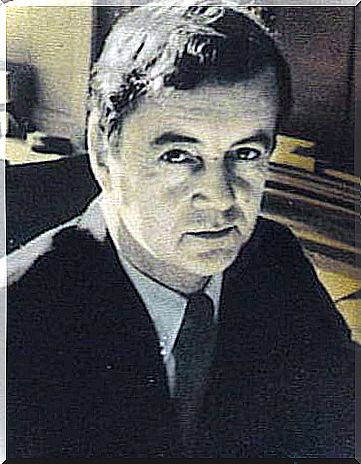
Throughout his professional career, he has devoted much of his energy to participant observation, in order to study human behavior. From his work, have arisen theories on social interactions and the place that each person takes in the social hierarchy.
During his activity he published several prestigious books. His best-known works are Stigmate , released in 1963, Asiles , published in 1961 and La mise en scene de la vie daily , in 1956.
Social action theory, by Erving Goffman
Let us now enter into the heart of Erving Goffman’s theory of social action. As we have said, he argues that human behavior depends on his staging and personal relationships. Thus, we are all immersed in a constant management of our image vis-à-vis the rest of the world.
This interaction that each individual carries out with his entourage pushes him to seek the definition of each situation in order to control it. In this way, we try to deal with the impressions that others have of us.
In this case, we could say that we are actors and that we interpret our role in front of an audience which can be one or more people. It seems obvious that Goffman is right in this detail as we all try to project a favorable image to others. Whether it is because we want to please, sympathize, make ourselves hated … we all act by trying to be consistent with the image we give.
For Goffman, and again according to his theory of social action, when we interact, what we are really looking for is to create impressions that interfere with the audience. We do this because we believe that these interferences will be beneficial for us, because it is in them that we try to reflect the aspects of our identity that we wish to communicate, besides showing our intention.
“In their status as agents, individuals are concerned with maintaining the impression that they follow many rules that can be applied to them to judge them.”
-Erving Goffman-
The public image we project
According to Goffman’s theoretical parameters, each individual manages their relationships by trying to direct them towards the public image they wish to project. Thus, he creates successive projections which will be present, in one way or another, in the communication with their potential interlocutors.
To better understand, imagine that we want to please or “do well” in front of someone. For that, we will create and we will project an image towards this person who represents, in our opinion, the best of us.
If we go further in the theory and its examples, psychologists like Rafael Ramírez Lago consider it excellent for studying the projections that we post on social networks. You could say that we are looking to create presentations that reflect a positive image through videos and photographs that show our supposed happiness.
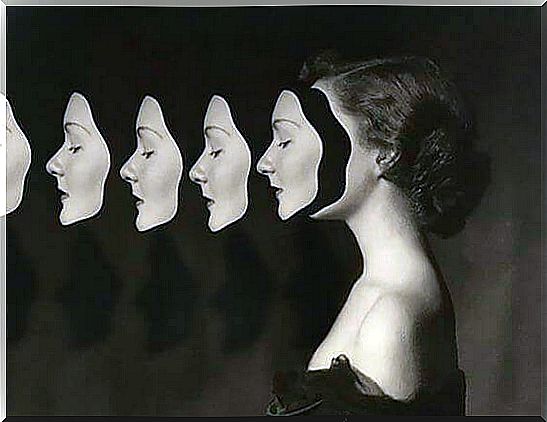
Thus, social action theory would explain the different roles we play depending on the demand of each of our social interactions and the image we want to convey. We would therefore seek to obtain benefits, to find social comfort and ultimately to find our place in the world.
The game of representations
However, for Goffman, this type of interaction gives rise to a game of representations. These said representations would never be transmitted by the real identity, but by the dreamed, wanted or desired identity.
That is, one could identify the human being as a sort of set of public relations towards himself. We use our interpretation as a marketing campaign to show others the best of ourselves.
Finally, we want to stress that Goffman’s theory of social action is beautiful but does raise some questions. Are we really like this? Does our social world focus on the image we want to project? Are social networks a speaker full of theory?
We don’t have the answers but the fact that 2,000 million people have a Facebook profile and that most of those profiles show a positive face is surely proof that this psychologist was not on the wrong path.
Also read:



